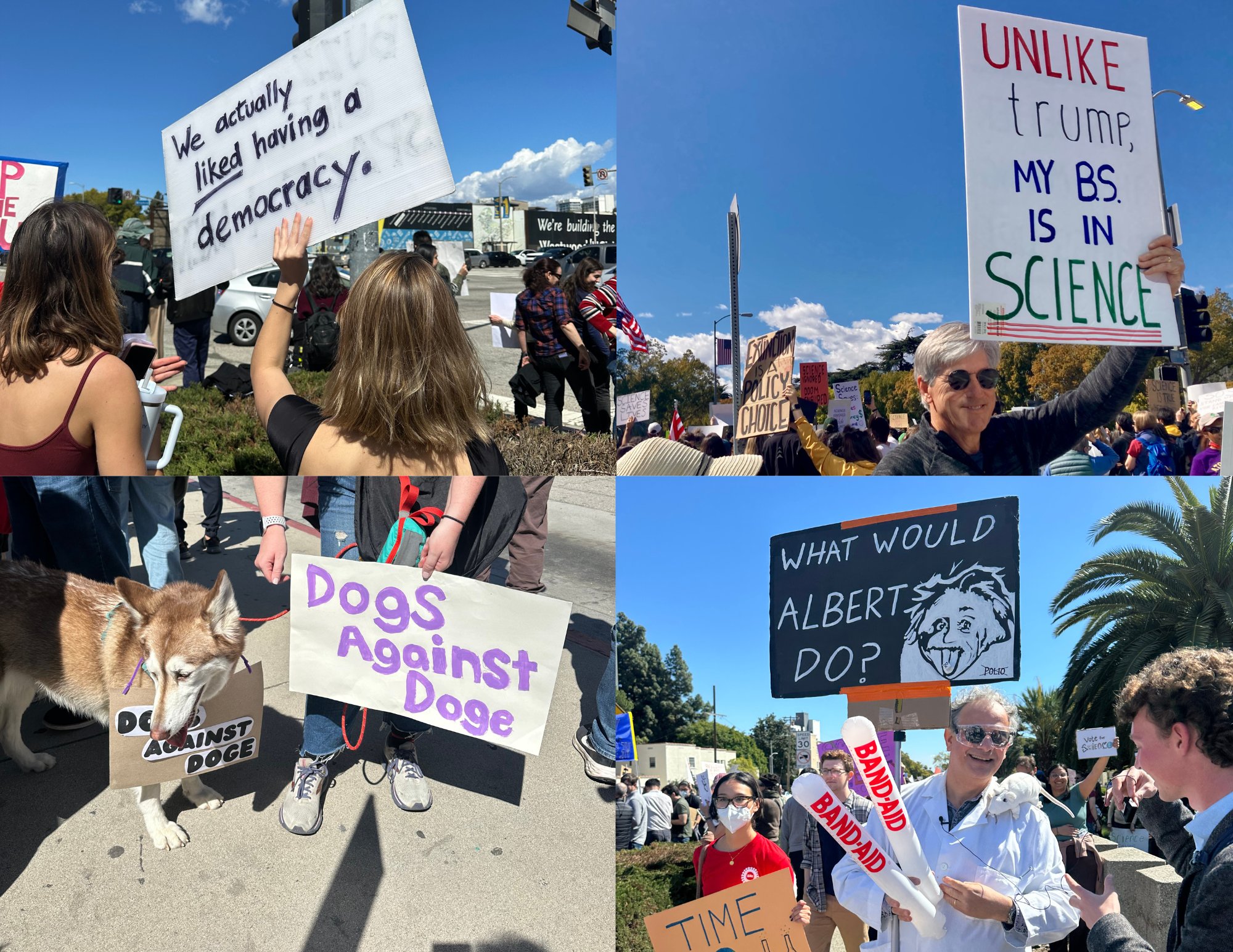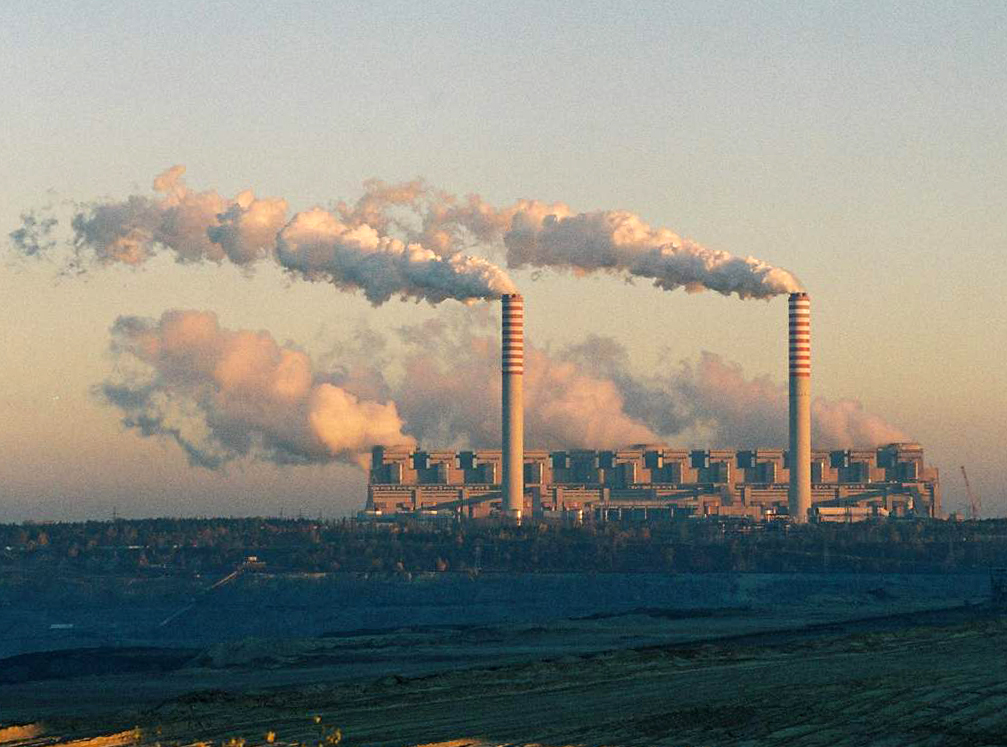General
Success! Removing the Klamath Dams
A “Good News” Environmental Story (For a Change)
Most of the environmental law and policy matters discussed on Legal Planet–especially over the past few months–have dealt with natural resource crises, environmental rollbacks, hostile political actors and actions in Washington, D.C., etc. So let me take this opportunity to share an upbeat and inspirational environmental story in these otherwise troubled environmental times. In 2022, …
Continue reading “Success! Removing the Klamath Dams”
CONTINUE READINGOur 2012 Report Predicted the Future of Electric Vehicles in 2025: How Off Were We?
Time to open up the 2012 time capsule PDF
Back in 2012, CLEE and the Emmett Institute released a report called “Electric Drive by ’25,” with the relatively bold subtitle “How California Can Catalyze Mass Adoption of Electric Vehicles by 2025.” The report cited 2011-12 EV sales as reason for optimism on achieving mass adoption by 2025: Early results from the introduction of new …
CONTINUE READINGWhat is Life Like Inside Trump’s EPA?
Three EPA employees talk about DOGE, work anxiety, regulatory rollbacks, and the impact on protecting health and the environment.
The new head of the U.S. the Environmental Protection Agency — whose mission is to protect human health and the environment by developing and enforcing regulations — this week made what he proudly called the “largest deregulatory announcement in history” in the form of nearly three dozen policy reversals and “reconsiderations.” EPA Administrator Lee Zeldin’s …
Continue reading “What is Life Like Inside Trump’s EPA?”
CONTINUE READINGEPA Jumps the Shark
Just as a past dictator rejected modern genetics, Trump rejects climate science. For both, evidence was no match for ideology and ego.
Honestly, EPA’s embrace of climate denial is just plain embarrassing. And the rest of the world will justifiably view it as one more sign that the U.S. has taken leave of its senses. Trump can change the name of a water body on maps, but he can’t change scientific reality. The scientific evidence about the reality of climate change, its causes, and its harms is incredibly well-established. It’s based on many different types of data and models, which have been tested and retested.
CONTINUE READINGU.S. Resistance to Trump is Alive and Well
Thousands of people rallied at more than 100 Stand Up for Science events from Missouri to France. Where will the movement go from here?
Several thousands of people took to the streets this past weekend in more than 100 cities to protest the Trump administration’s wide-ranging attacks on vital scientific research, including its attempts to slash funding to the National Institutes of Health and hence local universities and research labs across the country. The result was small but potent …
Continue reading “U.S. Resistance to Trump is Alive and Well”
CONTINUE READINGThe Legal Complexities of Deregulating Power Plant Carbon Emissions
The Supreme Court struck down Obama’s powerplant regulation. but it didn’t endorse Trump’s first try either.
We are likely to end up with a Trump rule for powerplant emissions that is much weaker than the Biden rule, but not as weak as EPA’s effort in the first Trump Administration. And the process will take Trump longer this time, with a greater litigation risk.This matters because even a very weak rule may require significant investments in improving powerplant efficiency, which could result in some plant closures.
CONTINUE READINGBanking and Exchange Programs to Mitigate Vehicle Miles Traveled
The 1950s has been called the decade of the American Dream. The United States economy grew by 37 percent, and homeownership surged as suburban houses—equipped with their white picket fences—“sold like hotcakes.” But this American Dream has come at a steep cost. Let’s fast forward to today; more than half a century of government housing …
Continue reading “Banking and Exchange Programs to Mitigate Vehicle Miles Traveled”
CONTINUE READINGTracking the Trump Administration
Rollbacks of Climate, Energy, and Environmental Policies and Investments
The first month of the Trump Administration has resulted in a dizzying flurry of actions and reactions. Many of us are wondering how to track the status of these actions, including the legal challenges to these actions. Luckily, a number of institutions are keeping track of the range of policy and legal actions that are …
Continue reading “Tracking the Trump Administration”
CONTINUE READINGHow to Grow a Victory Garden out of Trash
Private recycling subscription services are helping my family divert our waste, though I wish we didn’t need them.
While unelected billionaires and sycophant cabinet members are pretending to get rid of waste in Washington, I’ve declared war on waste, fraud, and abuse in my own Los Angeles home. My family is fighting food and plastic waste using a pair of recycling subscription services. Yes, I realize it’s just a small ripple in the …
Continue reading “How to Grow a Victory Garden out of Trash”
CONTINUE READINGNew State Bill Targets Pollution from Aggregate Facilities
Guest contributors Mayahuel Hernandez and Ian Bertrando explain the air-quality benefits of SB 526, a bill they worked on with California State Sen. Caroline Menjivar.
The California Senate just took a critical step toward confronting unhealthy air quality in environmental justice communities through the introduction of a new Senate Bill 526. This proposed legislation aims to curb dangerous dust emissions from aggregate facilities in the South Coast Air Basin, where industrial pollution has long threatened public health and the environment. …
Continue reading “New State Bill Targets Pollution from Aggregate Facilities”
CONTINUE READING












